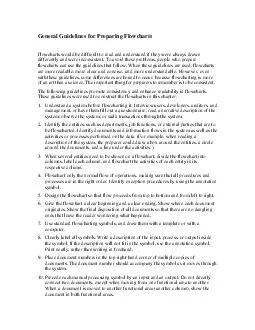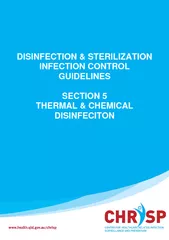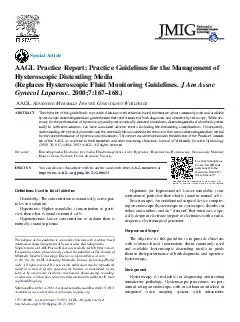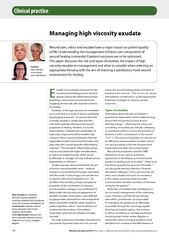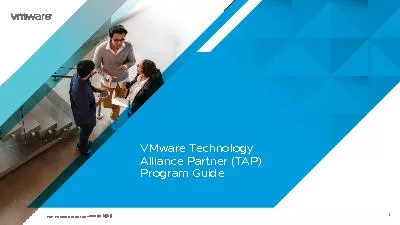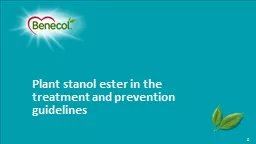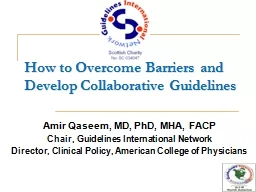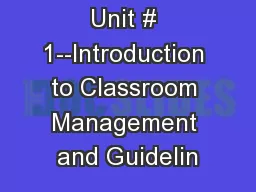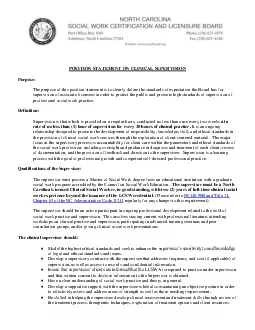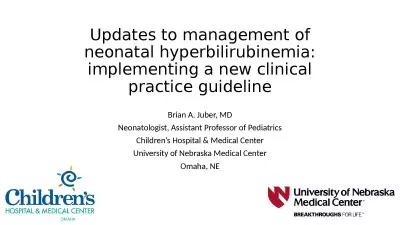PDF-CLINICAL PRACTICE GUIDELINESHypertensionMOH Clinical Practice Guidelin
Author : anya | Published Date : 2022-10-27
Published by Ministry of Health Singapore16 College RoadCollege of Medicine BuildingSingapore 169854Printed by Chung Printing Pte LtdCopyright by Ministry of Health
Presentation Embed Code
Download Presentation
Download Presentation The PPT/PDF document "CLINICAL PRACTICE GUIDELINESHypertension..." is the property of its rightful owner. Permission is granted to download and print the materials on this website for personal, non-commercial use only, and to display it on your personal computer provided you do not modify the materials and that you retain all copyright notices contained in the materials. By downloading content from our website, you accept the terms of this agreement.
CLINICAL PRACTICE GUIDELINESHypertensionMOH Clinical Practice Guidelin: Transcript
Download Rules Of Document
"CLINICAL PRACTICE GUIDELINESHypertensionMOH Clinical Practice Guidelin"The content belongs to its owner. You may download and print it for personal use, without modification, and keep all copyright notices. By downloading, you agree to these terms.
Related Documents


